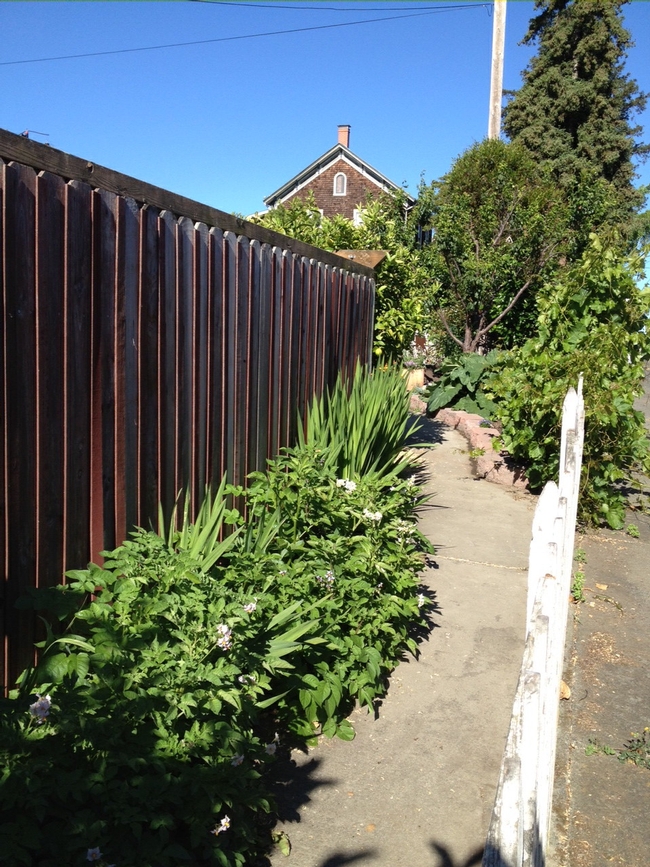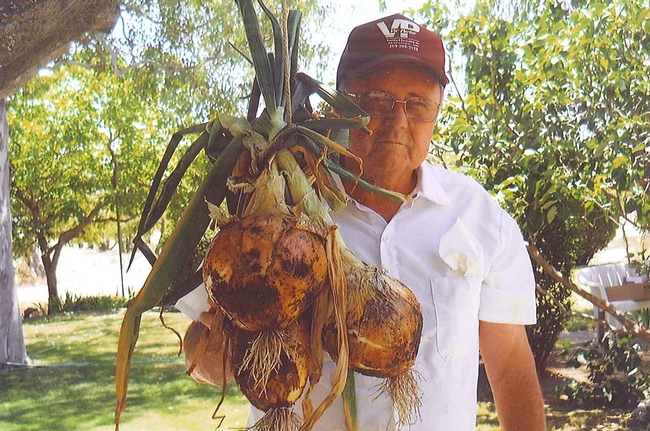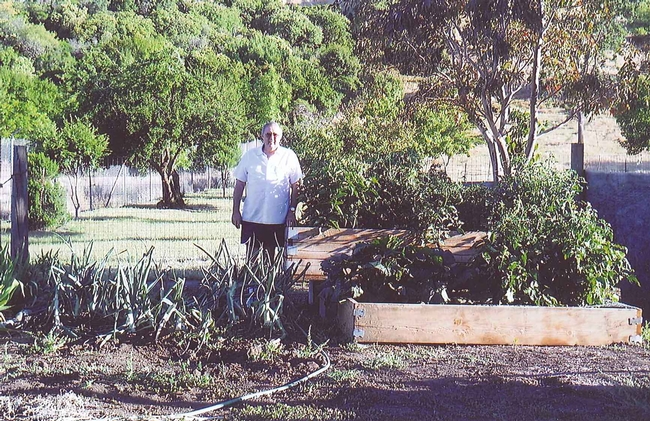Posts Tagged: compost
The Midsummer Garden Tune-Up
I was talking with a few fellow gardeners recently and was asked for some suggestions on what gardeners can do to keep our garden space looking its best and in the best health during the taxing, hot, summer months. The first and maybe most important thing a gardener can do in mid-summer is to mulch the beds of the garden so that moisture levels are maintained in the soil during long hot days. This will prevent some of the extra watering the garden often needs of those 90+ degree days. In addition to adding mulch I also add compost to my flower and vegetable gardens to get some fresh nutrients to the plants which are often overdue to be replenished. Most of us compost the garden in early spring and after a few months all of the beneficial nutrients have been used up and need to be replaced. It is especially important for vegetables so that they have plenty of nutrients to complete bearing mature fruit. This is also a good time to stake the larger vegetable plants for reinforcement and continued healthy production. The vegetable plants will likely increase in size after the composting has been re-done and staking the plants in advance will enable continued plant growth. The middle of summer is an opportune time to dead head old blooms and make room for fresh new ones to begin developing. It is a little detail that makes a big difference if you have lost some color in your flower garden. Finally, this time of year is a great time to weed the garden carefully, remove the unwanted weeds and make some space for your favorite plants to stretch out and fill in.
Vallejo Home Garden Tour
Greetings, I spent this past Sunday as a docent for the annual Vallejo Garden Tour. I spent the day at an historic bungalow on Napa Street. The owner has converted her wrap around front and side yards into a successful edible garden. She and her "rent a husband" removed about a foot and a half of the existing clay soil and brought in garden soil. They built up mounds for raised beds and brought in many half barrels to house a variety of greens, herbs and vegetables of all sorts. Two existing trees, an ancient willow and a palm, were removed after failing simultaneously. Now citrus and fruit trees have found a place in this bountiful garden. The owner adds her compost to the soil twice a year and has established an elegant drip system that takes care to supply just enough water directly to each plant. This organic garden is maintained by feeding the soil rather than the plants. What a refreshingly beautiful result. It doesn't hurt that original art appears in the inner courtyard among the tall (yes already in May) stalks of corn and exuberant Yellow Fin Potatoes.
This home is located in a neighborhood of graceful homes mostly built in the 1800's. The overall garden isn't that large, but what this urban gardener has accomplished is truly inspiring with her wrap around space.
What I have found over the past three years viewing the many gardens on the Vallejo Garden Tour is a real sense of artistic endeavor coupled with ingenuity and effort to make a place of accomplishment. These results have expressed a desire to grow a healthy community and share a spirit of joy to all that care to take a look.
Next time you have a chance, spend some time in your local community gardens, you won't be disappointed.

Yellow Fin potatoes. (photos by Trisha Rose)

Sweet maui onions.

Veggies and a Meyer lemon.
For the Love of Onions
Have you ever seen an onion so large that it looked like a melon? Our good friend, Evon, has mastered growing huge onions right here in Vacaville and has been doing this for 24 years. He appears at our front door in June or July, gifting us with the biggest onions ever! One onion will last us for weeks, often longer! He mails his onions to friends in New York, San Diego and Mexico, no small feat when they weigh up to 4 pounds each.
What is his secret? His onion sets are purchased in early November at a local nursery. He prefers the Stockton Red’s and yellow onions. They are planted deep and 8 inches apart, in a raised bed that has been filled with compost and steer manure. These amendments are rototilled together. The compost he uses is available from April 1st to October 1st at Vacaville landfill, (free, if you have Vacaville garbage service). When the top of the soil dries out, the onions need to be watered thoroughly. In about 8 months, the onion tops will fall over and at that point they are ready to pull from the soil and eat.
When our group of classmates get together to celebrate the 4th of July, the hot topic is Evon’s monstrous, trophy onions and what the biggest one weighed this year!

Evon and his onions. (photos by Sharon Rico)

Evon in the garden.
Herb-infused manure nourishes contentment
After a hard life - which included multiple divorces, alcoholism, drug addiction, the loss of a young son and bankruptcy - specialty fertilizer producer Denise Ritchie is now finding gratification by rescuing dairy cows before slaughter and using manure to create biodynamic compost.
Ritchie's story was featured this week in a Los Angeles Times Column One article by Martha Groves. She and her husband Randy purchased a dairy cow at auction last August. The animal was christened Bu, ensconced at a friend's organic dairy farm near Fresno, and became the namesake for the Ritchies' "Bu's Blend Biodynamic Compost."
According to the Times article, Ritchie stumbled upon and was inspired by the biodynamic process, which mixes organic principles with cosmic spirituality. The Ritichies believe their compost emanates "energetic life forces to vitalize vegetables, plants, flowers, lawns, gardens, farms and our earth," according to their website. While much of mainstream agriculture is unconvinced about the value of biodynamic tenents, UC Cooperative Extension farm advisor Glenn McGourty sees their value.
"There are lessons for all of agriculture in some of the basic agronomy that biodynamic farmers practice," McGourty was quoted in the story.
Bu's Blend is sold in about 50 California nurseries, running about $20 for a 1.5 cubic foot bag, easily double the cost of other organic composts.
"You're healing your soil with this stuff," the story quoted Sarah Spitz, a KCRW producer and a graduate of the Los Angeles County UC Cooperative Extension Master Gardener program.
The LA Times story says the Master Gardener became a customer of the fertilizer after studying various approaches to gardening and concluding that biodynamics "was the purest, healthiest and cleanest system." Every seed she has planted using Bu's Blend, she told Groves, has sprouted and grown "big and beautiful."Soldiering Along
If you're into composting, chances are you've seen this one.Common name: black soldier fly (BSF). Scientific name: Hermetia illucens.Before you say...

Black Soldier Fly

